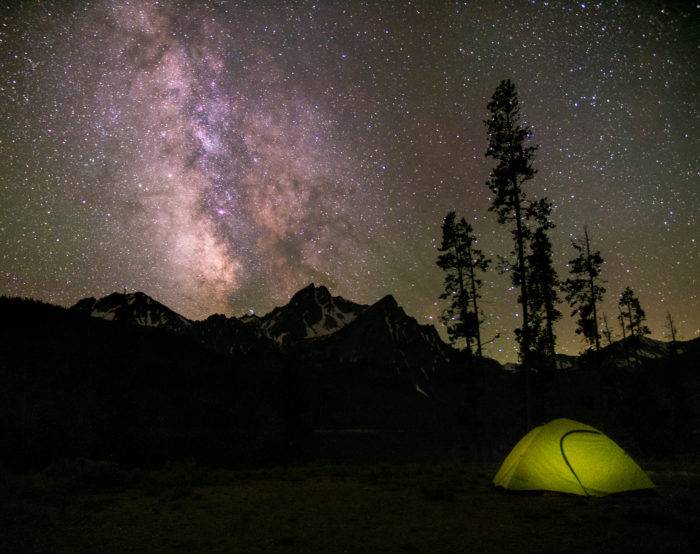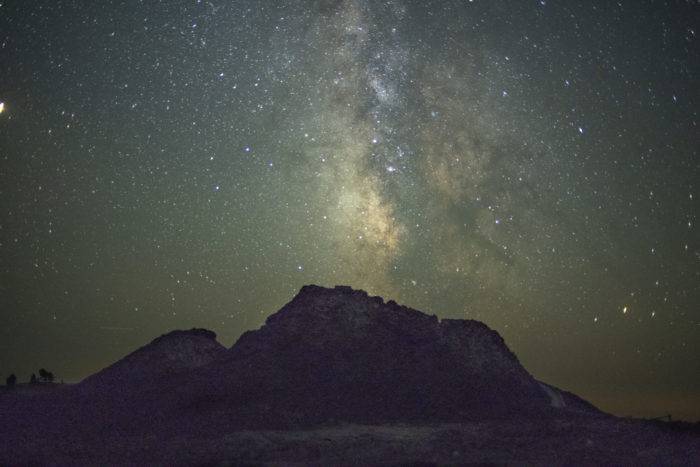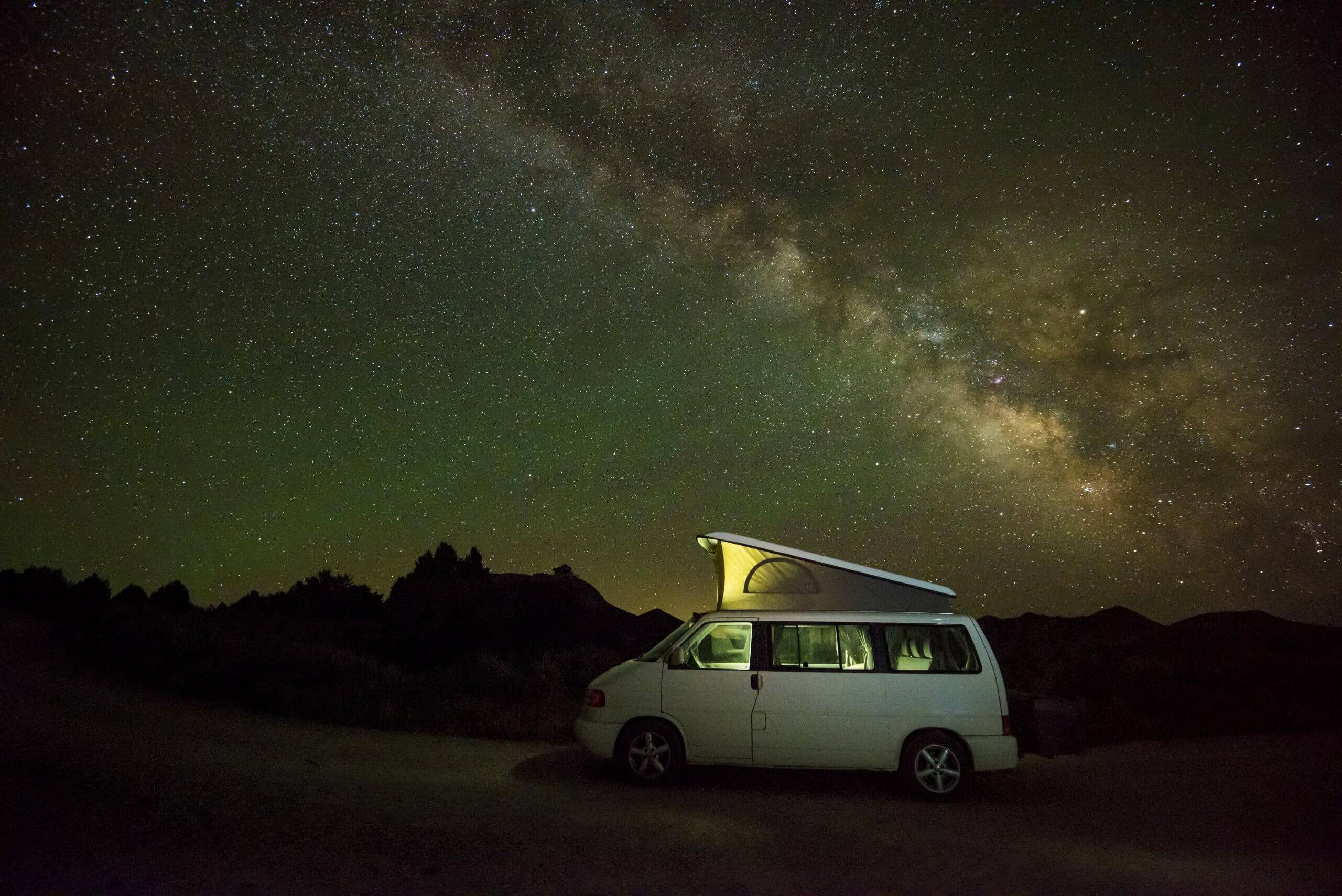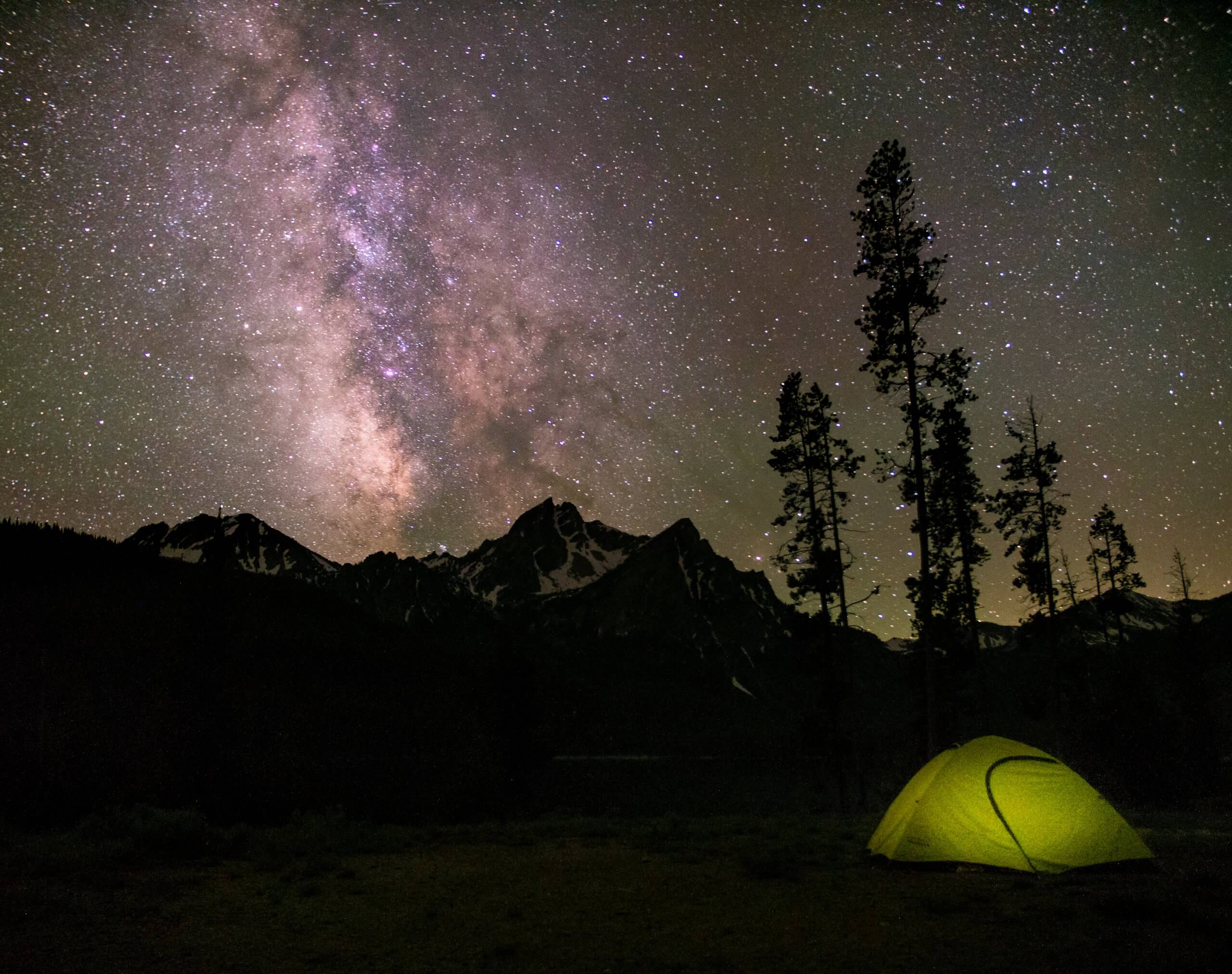More than 80 percent of people in North America live in cities or urban areas where light pollution has eaten away at the night sky, leaving only a handful of places where jaw-dropping night skies can be found. With expansive areas relatively untouched by population growth and light pollution, Idaho is ready to show you the night skies you’ve been dreaming of.

Idaho is home to the nation’s first and only International Dark Sky Reserve. The Central Idaho Dark Sky Reserve is one of only 24 in the world and stretches across 1,400 square miles, encompassing the cities of Ketchum, Sun Valley and Stanley, the Sawtooth National Recreation Area and the counties in between. Its coveted Gold Tier status designation from Dark Sky International is reserved only for the darkest of night skies, making it easy for you to see the Milky Way, meteors, planets (like Mercury and Venus) and other objects from space. No need for special equipment—your eyes will do the trick, but binoculars and telescopes are welcome.

Idaho is also home to three designated International Dark Sky Parks. Venture to Craters of the Moon National Monument & Preserve for an out-of-this-world experience on the ground and in the sky. Craters of the Moon is well-known for its lunarlike landscape of lava flows, cinder cones and other volcanic features by day, but at night, visitors can enjoy a celestial celebration. Attend a Star Party at the park and learn about the stars and planets visible from Craters, or take part in a ranger-led full-moon hike to see this national monument in a whole new light. Extend your star adventures by setting up camp at the park’s Lava Flow Campground, where you can fall asleep under the stars each night.

Next up is Bruneau Dunes State Park, where you can carve it up on a sandboard and feast your eyes on North America’s tallest single-structured dune. As evening sets in, join a sunset tour before heading to the state-of-the-art observatory, home to Idaho’s largest telescope and impeccable, unobstructed views of the night sky.
Last but not least is City of Rocks National Reserve, a rockhound’s paradise in an ideal setting for stargazing. Spend the daylight hours exploring the granite towers and arches, and after the sun sets, look up at the well-preserved dark sky that the Shoshone people and California Trail pioneers once saw. With no artificial lighting within the reserve, the staff is dedicated to maintaining this high standard on-site as well as working to decrease light pollution in nearby Castle Rocks State Park. Reserve a spot in City of Rocks Campground to enjoy these stellar views until the sun comes up. Pro tips: Observe the reserve’s Dark Hours by turning off any unnecessary lighting by 10 p.m. and following their principles for responsible outdoor lighting.

Did you know the northern lights can be seen in Idaho? That’s right—there’s no need to trek the globe in search of the aurora borealis. Bonners Ferry, Priest Lake, Sandpoint and Coeur d’Alene all have dark skies perfect for spotting this natural phenomenon when conditions are right.
Check out NASA’s night sky planner to find out what night sky events are happening each month, or spend some time brushing up on your constellations and meet up for a star party with one of Idaho’s astronomical societies.
For more star inspiration, read about a night out under the stars in Idaho’s wilderness.
It’s easy to see why Idaho is aligned with the stars, but these amazing locations are just a taste of the breathtaking stargazing opportunities around the state. To find your perfect spot, just look to the skies.
Updated on August 13, 2024
Published on April 14, 2020

